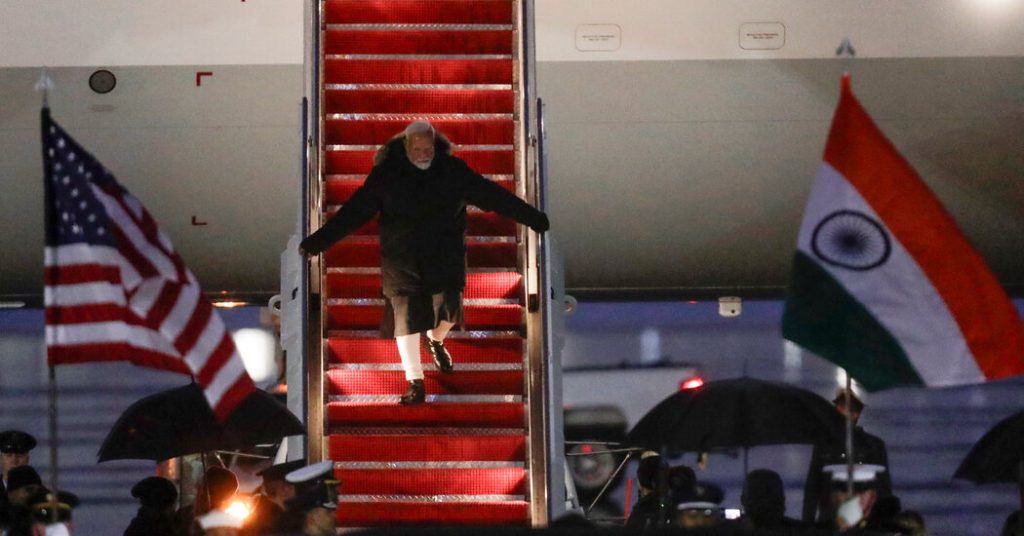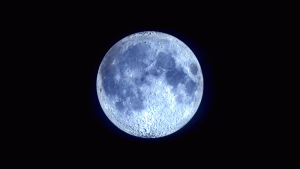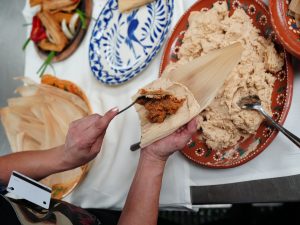Prime Minister Narendra Modi of India began meeting senior U.S. officials in Washington ahead of his anticipated visit to the White House to meet President Trump on Thursday.
Mr. Modi has a warm personal relationship with Mr. Trump, and the two leaders have called each other friends. But Mr. Trump has criticized India for its high tariffs, and India is the biggest source, outside of Latin America, of unauthorized migrants in the United States.
After arriving in Washington on Wednesday, Mr. Modi met Tulsi Gabbard on her first day as Mr. Trump’s director of national intelligence. They discussed the relationship between the two countries, Mr. Modi’s office said, without offering details.
India and the United States, the world’s largest democracies, have grown closer in the face of an increasingly assertive mutual rival, China. India has traded more with the United States than it has with China, and spent billions on U.S. defense imports in recent years.
Despite their strong rapport, both Mr. Modi and Mr. Trump are strongmen with largely transactional views on foreign relations and an eye on what will please their bases.
On the campaign trail, Mr. Trump said India had gained an unfair trade advantage against the United States through high tariffs. And India, like basically all countries that do business with the United States, runs a trade surplus. Last year, it shipped about $87 billion worth of goods and imported $42 billion, adding $46 billion to the U.S. trade deficit.
Mr. Trump views the U.S. trade deficit as a sign of economic weakness. Economists say it is an indication of American consumers’ ability to spend on imports, backed by the strong U.S. economy. But Mr. Trump has made it a priority to try adjusting the trade imbalance by imposing tariffs.
Mr. Modi may reveal new measures to ease friction on trade and immigration when he meets Mr. Trump on Thursday.
Indian officials have said that companies have been in talks to buy more American energy supplies like liquefied natural gas. The two leaders could also discuss increased spending by India, the world’s largest arms importer, on U.S. defense equipment.
India has its limitations, including its own trade deficit. The U.S. trade deficit amounts to less than 4 percent of its economy. The deficit in India, which relies on imports for most of its fuel needs, is worth between 8 and 12 percent in most years.
Mr. Modi has offered concessions, though some have been largely symbolic.
India recently reduced tariffs on Harley-Davidson motorcycles, which Mr. Trump had zeroed in on as a symbol of India’s misuse of tariffs. The reduction, though, had little effect on the company. India has also raised the prospect of lower duties on goods like bourbon and pecans, which are produced mainly in Republican states.
Mr. Modi has offered concessions on immigration, too, saying he would repatriate Indians deported from the United States, even as it caused an embarrassment for him.
Just days before his trip to Washington, the arrival of more than 100 Indians on a U.S. military plane caused a domestic backlash. There was uproar in India’s Parliament last week over reports that migrants were mistreated on that journey, including being shackled and handcuffed.
India is also hoping to move on from Biden-era legal actions against Indians, including those related to accusations of an Indian government plot to assassinate an American citizen on U.S. soil. There has also been speculation that the Justice Department could drop criminal charges of fraud and bribery against Gautam Adani, a billionaire ally of Mr. Modi.








